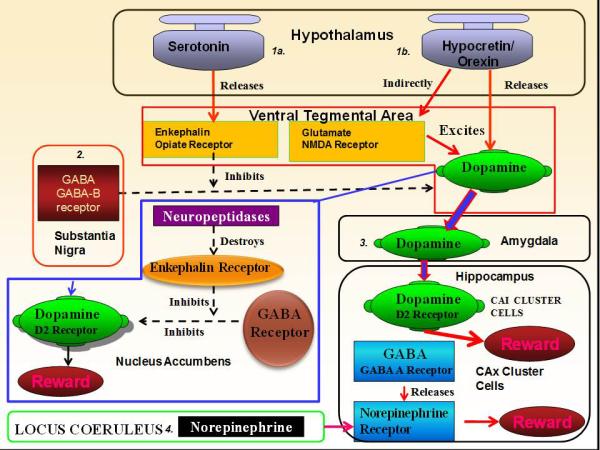Figure 1. Interactions in brain reward regions associated with RDS [Adapted from Blum et al. (2008)] [16].

(1a.) Hypothalamus: Serotonin indirectly activates opiate receptors, causing a release of enkephalins in the ventral tegmental area (VTA). The enkephalins inhibit the firing of GABA, which originates in the substantia nigra. (2.) GABA: GABA acts through GABA B receptors to inhibit/regulate release of dopamine (DA) at the VTA, projecting to nucleus accumbens (NAcc). Release of DA in NAcc activates DA D2 receptors. This same release is modulated by enkephalins via GABA. Enkephalins are regulated by neuropeptidases. (3.) DA also is released in the amygdala. Projecting from the amygdala, DA stimulates the hippocampus (HIPP) where CA cells excite DA D2 receptors. (4.) Additionally, norepinephrine (NE) in the locus coeruleus innervates the HIPP around CAx (a cluster of cells yet to be identified). In the HIPP, excitation of GABA A receptors causes the release of NE. (1b.) Hypothalamus: Hypocretin/orexin release from the lateral hypothalamus causes an excitatory modulation of DA in the VTA (directly via receptors on dopaminergic neurons, and indirectly by augmenting glutamatergic excitability of dopaminergic neurons via increasing NMDA receptor number).
